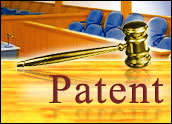
The most significant change to U.S. patent law since 1836 — or perhaps 1790 — is being implemented on March 16, 2013. Part of the America Invents Act of 2011, it concerns the doctrine of first-to-invent, laws concerning the protection of original inventors, regardless of whether they were the first to apply for a patent.
The new law awards inventorship under a first-inventor-to-file standard. The emphasis is now placed on inventors seeking immediate patent protections, preferably before any disclosures to any third parties and patent filings of others.
Under the soon-to-be old law, such disclosures were somewhat protected and true inventorship ascertained and rewarded; however, those protections have almost all been eliminated. Now, there are greater hazards to inventors — particularly small inventors — which will possibly preempt them from obtaining a patent entirely.
Philosophical Break From Past
The so-called grace period of one year from a public disclosure of an invention to patent filing under the old law is technically still there. However, third-party patent filings during that grace period now trump the earlier inventor merely by reaching the Patent Office first. This change in the law tries to objectify determination of a true inventor instead of engaging in procedural challenges called “interferences,” which it eliminates.
Many view this substantive change as contrary to the philosophy of the U.S. patent system, which rewards true and original inventors, i.e., the first to invent. The new law is patterned on that of foreign patent systems, which place much less emphasis on the individual in favor of corporations, which want more certainty in the patenting process.
Since some third-party patentees may derive their “inventions” from primary inventors who are second to file for patent, new proceedings determine inventorship under these circumstances. These derivation proceedings are mini-trials, with evidence, to ascertain whether the earlier inventor was primary and whether the later filer gleaned the invention by theft or other illicit means.
The U.S. Patent & Trademark Office over the past year or so has been hiring and training hundreds of Patent Office judges for the purpose of hearing these proceedings and administrating many other new proceedings already implemented under the Act, e.g., various post-grant opposition actions to challenge newly issued and all other patents.
First to File
For inventors, although there are ambiguities in the new law, there are some clear lessons. First, “first to file” means just that, with the consequence of possible automatic curtailment of patent rights for many second filers. For example, an individual inventor is typically unaware of the extremities of the patent laws with regard to deadlines.
Publication or dissemination of the invention prior to filing for patent already kills virtually all patent rights outside the United States. Often, these inventors are well into the grace period when they consult a patent attorney.
Now, those same inventors may have unwittingly destroyed their opportunity for patenting by delaying the filing. Fortunately, provisional or informal patent filing is available, which can preserve patent rights, but the first-to-file rule still applies.
Unfortunately, those rushing to file informal and often sketchy documents may find their patent descriptions challenged for insufficiency, i.e., the details may be so bare as to raise a question of whether the inventor was in possession of the invention claimed.
Legal Wilderness
The most dire potential consequence of the new law is no patent — no protection. The countermeasure, of course, is education and consultation with a patent attorney early in the innovation process — and definitely prior to third-party disclosures. Great minds often think alike, and others are also addressing the same technological problems. However, putting inventive thoughts to paper is often a difficult thing for some inventors.
Since a patent is a property right, its contours must be set forth in detail. For example, in land purchases, the delineations of the property line are critical. So too with patenting — the patent claims carve out a portion of new technology, separate from what is known. A patent attorney can help navigate this terrain and stake out a claim for particular technological knowledge.
For the general public out there inventing, this article and other measures hopefully will make this change known. It is very important to be first to file a patent application under a post-March 16 first-inventor-to-file standard. Sadly, the actual contours of this change in the law will not be known for many years — that is, after the courts make pronouncements — but it is the law.
Since the new standard is draconian, it behooves us all to educate ourselves as to this imminent change in the patent laws.

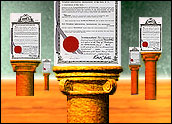

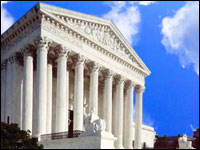
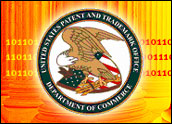
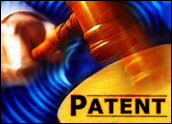

































Social Media
See all Social Media